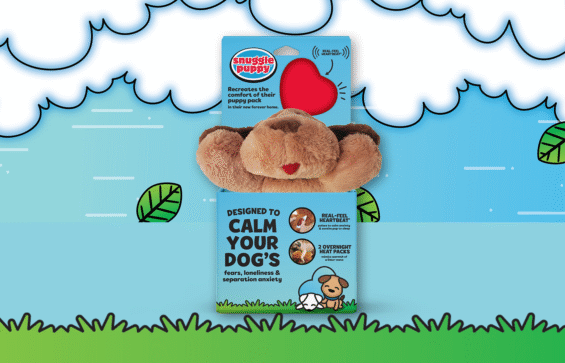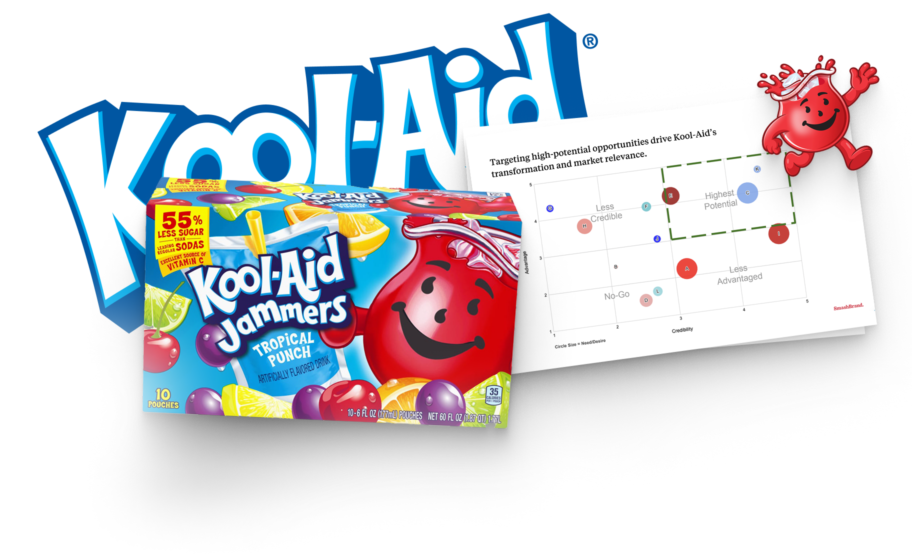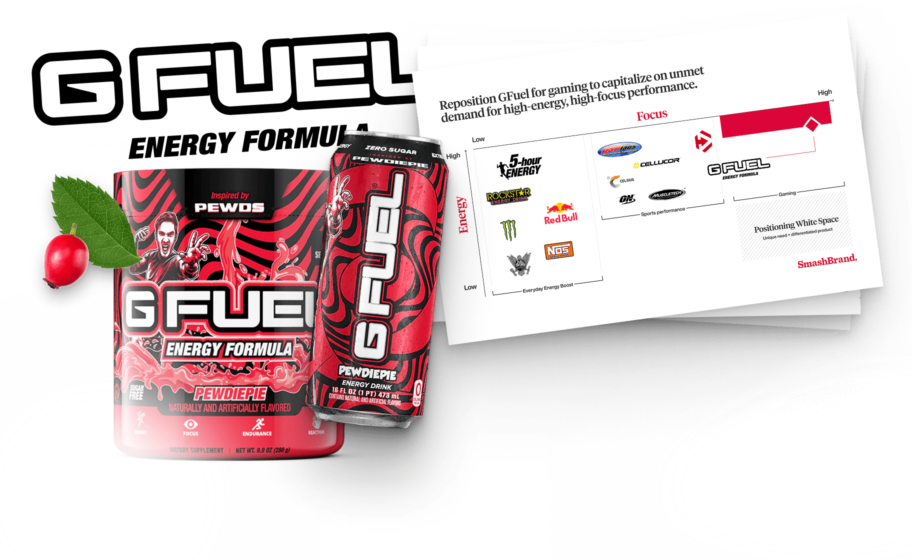It wasn’t long ago that pet food was tucked away at the end of a grocery aisle, out of sight and largely out of mind. A few household brands dominated because, honestly, dog food was just dog food.
Then came warehouse retailers like Costco and Sam’s Club. They offered 50-pound bags at unbeatable prices. Brand name and ingredient profiles didn’t matter since pets never seemed to complain about what they were being fed. Again, cat food is cat food.
That’s not the case anymore. Today, pet products own the aisle and the end cap. Grocery, discount, warehouse, and specialty pet stores are in a race to stand out. Packaging is the frontline.
To win, brands are investing in bold pet product packaging design and shopper-first animal packaging strategies. POP displays, sampling, and animal product design are necessities. Pet food packaging design now plays a crucial role in conveying wellness, quality, and value in just a few seconds.
In a category driven by emotional connection and routine purchase, performance-driven pet product packaging separates the shelf leaders from the forgotten. That’s why brands turn to consumer-validated pet product design and tested animal packaging design to ensure a tangible impact on the shelf.
Pet industry growth.
The pet industry is booming. According to Acosta, pet supplies saw a 9% increase over the past year, and that momentum isn’t slowing down. As more people delay parenthood, pets have taken center stage in households. Millennials now represent 32% of all pet owners, investing in emotional connection and quality care for their four-legged companions.
With annual revenue now surpassing $100 billion, the pet industry is no longer a niche market; it’s a competitive, data-driven space. As spending climbs, so do consumer expectations around pet care product packaging. A 2020 Statista study found the average annual spend is $1,201 for dogs and $687 for cats. In urban markets, those numbers grow even higher.
This shift has put real pressure on brands to enhance their presence on the shelf. Pet food product design can’t afford to be generic. Innovative pet food packaging and distinctive treat packaging are now purchase drivers, not afterthoughts. The same applies to custom high-end dog treats packaging and cat food packaging designs aimed at wellness-conscious shoppers.
Whether it’s flexible packaging that prioritizes convenience or sustainable packaging material choices that appeal to modern values, every decision matters. Pet branding differentiates performance-tested pet food packaging design and stand-out graphic design that drives both engagement and sales in the pet food packaging market.
Let’s take a closer look at how innovative packaging is leading the way in pet care.
Pet food.
Pet food prices have increased by 9.7%, primarily due to higher costs per pound of ingredients. Claims like “organic,” “grain-free,” “soy-free,” and “corn-free” help justify the markup, but only if the packaging supports them. Today’s pet owners scrutinize ingredients more for their pets than themselves. That makes packaging a critical trust builder. In the pet food industry, brand loyalty is won or lost at the point of shelf display.
From logo design to packaging material, everything needs to work harder. Packaging trends now include pet supplement SKUs, sustainability cues tied to the Pet Sustainability Coalition, and structural packaging solutions that deliver impact and clarity. Perfect packaging is a constant requirement.
Pet treats.
Yes, you can still find buckets filled with rawhide and bones in your local pet food store. But even these rough and tough treats have catchy packaging that encourages you to choose their meaty treat over the competition.
There is another emerging sub-category of pet treats. Tough treats have met their match with the emergence of pet pastry products such as donuts, cupcakes, and even Pretzels. There will undoubtedly be more novelty pet treat items as demand for these products continues to rise.
Pet supplements.
Pet parents take animal love to the next level by ensuring they are on a series of health supplements. They reported that 45% of all pet owners give supplements to their pets for a more comprehensive pet nutrition program. These pet supplements have adhered to the standards established by the supplement industry when designing their pet wellness products.
There is a wide open opportunity for a pet product brand to capitalize on the typical appearance that fills store shelves. With a projected 2.32 billion market size of $2.32 billion by 2028, now is the time to capitalize on this upward trend.
Pet supplies.
Non-consumable pet products are big business! Leashes, collars, backpacks, carriers, and tags are just the tip of the iceberg when it comes to pet supplies. While the product may “speak for itself,” the packaging for these items needs to build brand identity and resonate a feeling of comfort and durability.
Like pet supplements, there is a significant opportunity to capitalize on the lack of a standardized packaging design strategy prevalent in the market.
Package design for pet products.
All of this is to say that pet packaging matters.
Most designers start by asking, “What are some designs that you like?” But there should be no subjectivity in package design, even if the product is not intended for human consumption. For your pet food brand to stand out, you will need to address:
Product packaging.
POP displays flood this growing (and evolving) market, but the industry now demands true package differentiation. How can your packaging stand out from the competition or address a problem that your customers have? In pet food, this is especially true as we have all suffered from a poor package experience when seals break or bags tear.
Product messaging.
While your packaging can make your brand stand out, your messaging may cause them to take a step back. How certain are you that the sales copy on your product packaging is resonating with the pet owner? To build brand loyalty, you will need to unpack and address what matters in the customer’s mind.
Build a brand story.
Does your package convey the brand’s story, and does that story increase purchase intent? Not every story we tell is a home run, but the ones that are, we should tell time and time again.
Make them emotional.
Does your copy evoke emotions? If so, are those emotions strong enough to create a repeat purchase? Hitting the right emotional triggers can increase brand recall.
Showcase the right features.
Are you surfacing the most critical product features? Most pet food products today include high-quality ingredients that offer a wide range of benefits. Trying to include them all on the front of the label can be visibly overstimulating. Ensuring your packaging design consists of the right benefits in the right quantities is a recipe for success.
A product design that aligns.
Does your packaging design adopt a minimalist approach or feature a bright, shiny appearance? We should create a package design for pet products that aligns with the image you want the customer to have about your product. Graphic imagery that stands out will only detract from the buyer if it misaligns with the other aspects of your packaging.
Designing for the evaluation stage
Most pet products have a unique package shape. While the front panel is the most crucial point in increasing brand recall and product messaging, there is value in carefully considering what is placed on both sides and the rear panel as well. Any purchase drivers and branding elements that fall just short of being worthy of front-of-pack placement should be placed in the next best location. You want this messaging to be displayed when the consumer narrows down their options and begins evaluating the remaining options.
Designing for product placement.
At SmashBrand, we test on the specific in-store location and match the shelf presentation, which includes the competitive landscape. Our testing design is developed with consideration of the competing products that will inevitably sit on the shelf next to your product.
Testing solely in an isolated environment overlooks essential variables that can negatively impact a product’s purchase intent. The package design should be based on accurate data gathered by testing the locations where the retailer places your pet product. A human-grade dog food product, considering confined spacing and an emerging competitive landscape, may create packaging that performs poorly in that setting.
Assuming customer intent.
Changing trends in organic, natural, and sustainable packaging do not always result in increased revenues. Existing brands that jump on a trending bandwagon may experience a decline in sales, an increase in product costs, and a loss of space for sales copy that converts. As with all packaging design elements, we should first verify that a purchase driver leads to increased purchase intent.
Unfortunately, many dog food package design agencies make decisions based on what’s in the package instead of what’s positive for purchase intent. Sustainable pet food packaging is one of those subjective examples. As with any consumer packaged goods category, removing subjectivity reduces the risk of a potentially disastrous design change.
Data-driven package design that performs.
SmashBrand utilizes proprietary data as a part of our testing methodology to ensure that we optimize your pet product packaging for both on-shelf and online retail sales. Book a time to discuss your project with our team.
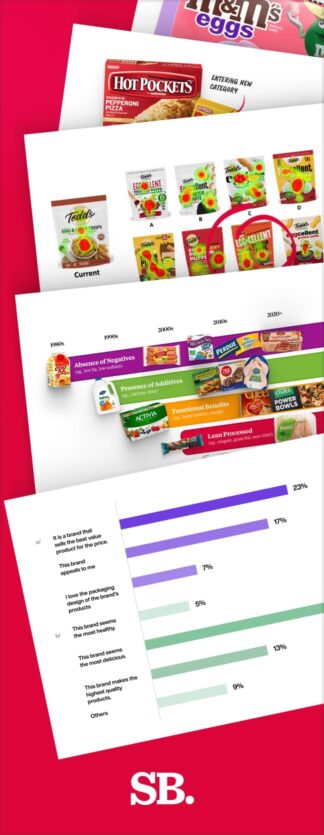
Nice Package
Don’t miss out on our monthly newsletter Nice Package!
Each month, we deliver a data-driven newsletter directly to your inbox, unpacking a critical topic in the FMCG & CPG industry.
"*" indicates required fields
Subscribe to
Nice Package.
A monthly newsletter that unpacks a critical topic in the FMCG & CPG industry.
Free Resource.
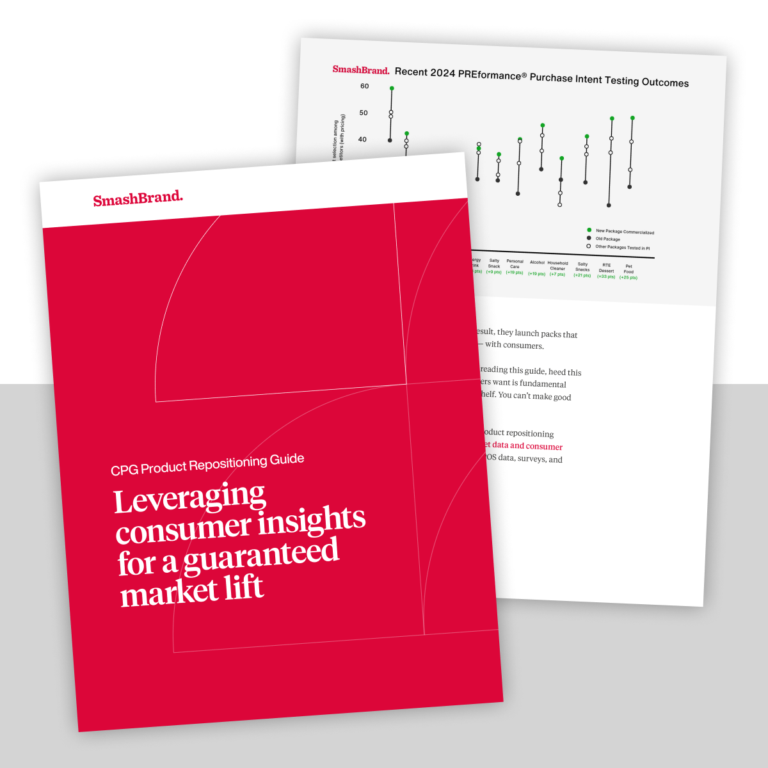
CPG product repositioning guide.
Explore the five undeniable signs your CPG product needs repositioning along with strategies for leveraging consumer insights for a guaranteed market lift.
Learn More About CPG product repositioning guide.
